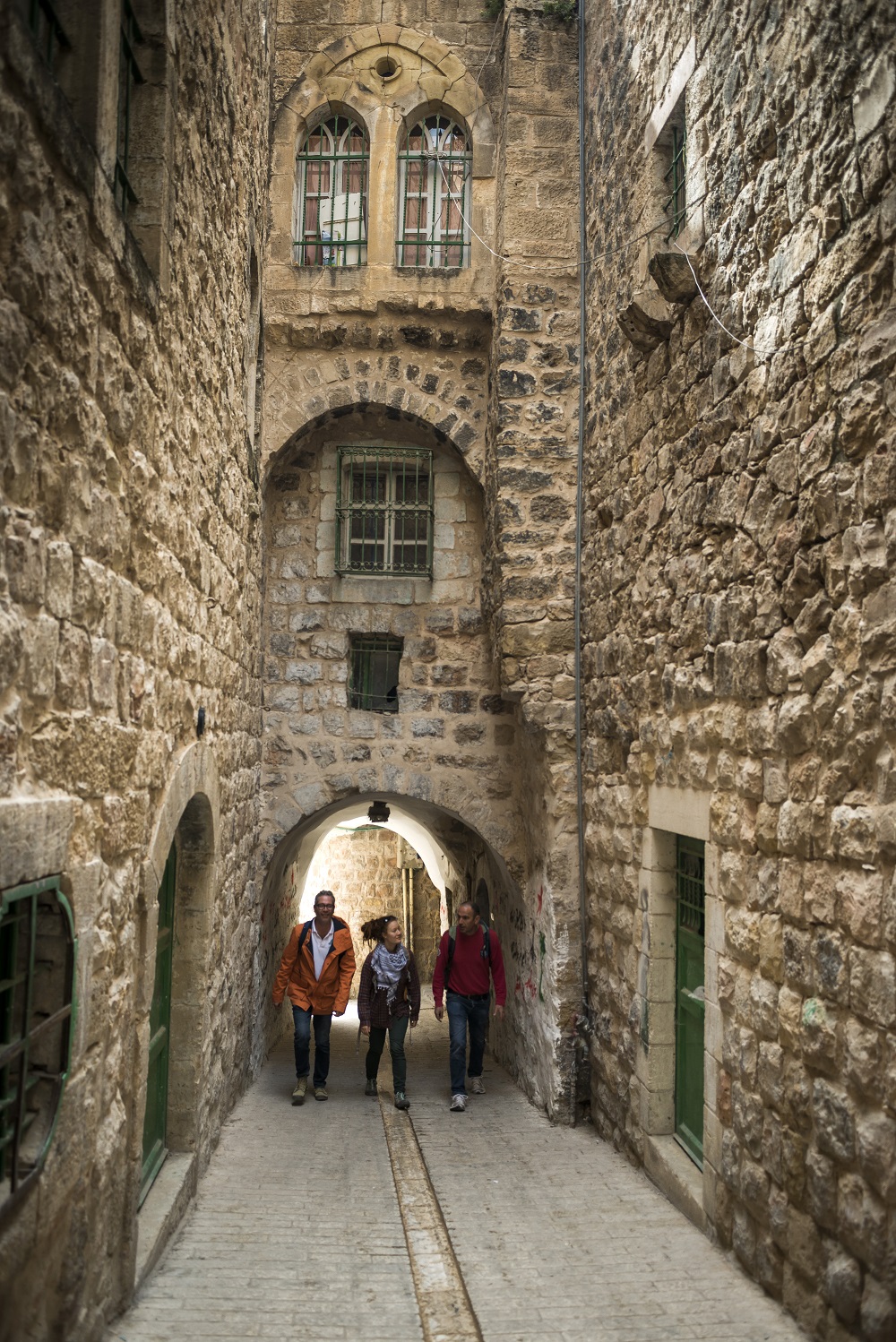Retrace the footsteps of Abraham from the desert of Reshayda to Bani Naim to Hebron. As tradition says Abraham witnessed the destruction of Sodom and Gomorrah from the mountainous region of Bani Naim – approximately 1,000 m above sea level. According to historians, this is the place where Abraham’s nephew, Lot, is buried.The name of the town of Bani Naim originates from an Arab tribe that had settled in the area centuries ago. The town is located approximately 8 km southeast of Hebron.
Today, Bani Naim has a growing population of approximately 26,000, and is a commercial center for the villages in the surrounding area. There are quite a few historical and touristic sites that one can visit in Bani Naim. The most popular is the mosque named after Lot, whose burial place is said to be under the mosque. Lot’s Mosque features impressive Islamic architecture and domes dating back to the Mumluk period. There are remnants of three Roman palaces which can be explored.
Hiking from Bani Naim, the terrain is rocky and uneven before reaching the largest city of the West Bank. Today, Hebron has a population of approximately 170,000. In Arabic, Al Khalil (Hebron) means the friend of Abrahim. The path follows Abraham’s journey through Palestine until his final days in Bani Naim and then his resting place in Hebron. A visit to the Ibrahimi Mosque, which is the revered burial site of the Patriarchs, takes the visitor back to Biblical times. Walking through the narrow cobblestone streets of the Old City, fresh and dried fruit, locally made pottery and glass products can be purchased.
As in the tradition of Abraham, travelers are always welcomed with the utmost hospitality. Hike and connect with people of all faiths and cultures, experience the rich culture and hospitable people of southern Palestine, while contributing to sustainable tourism and economic development in the region.

